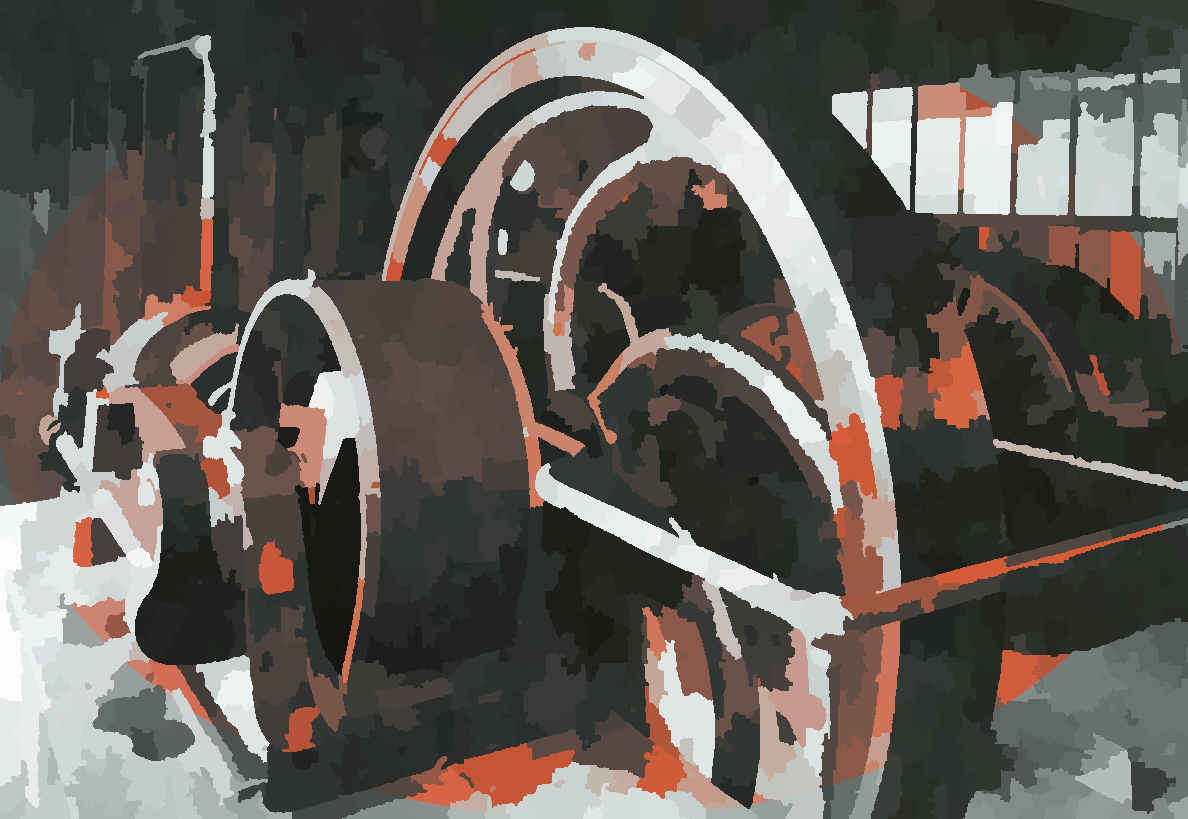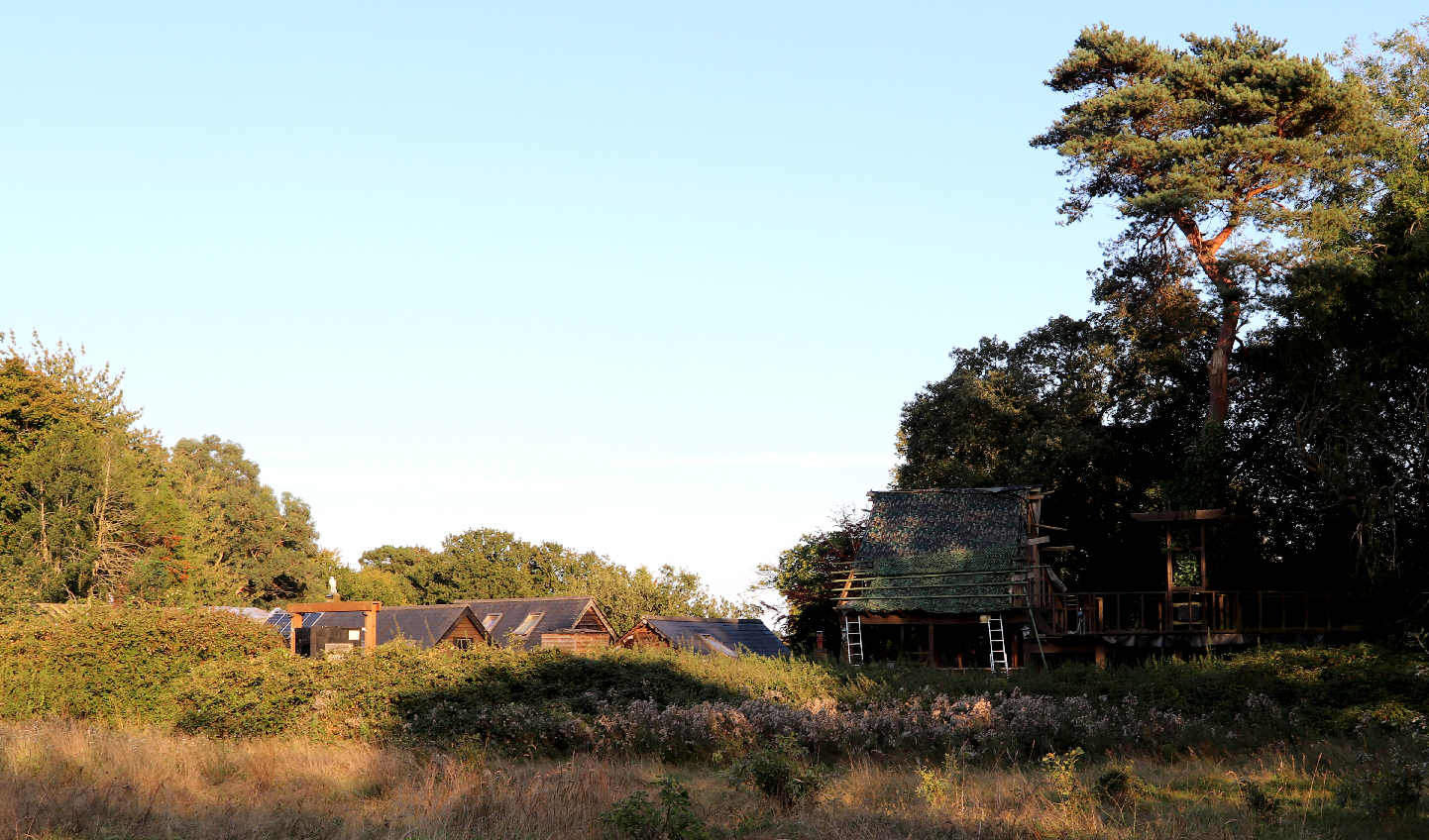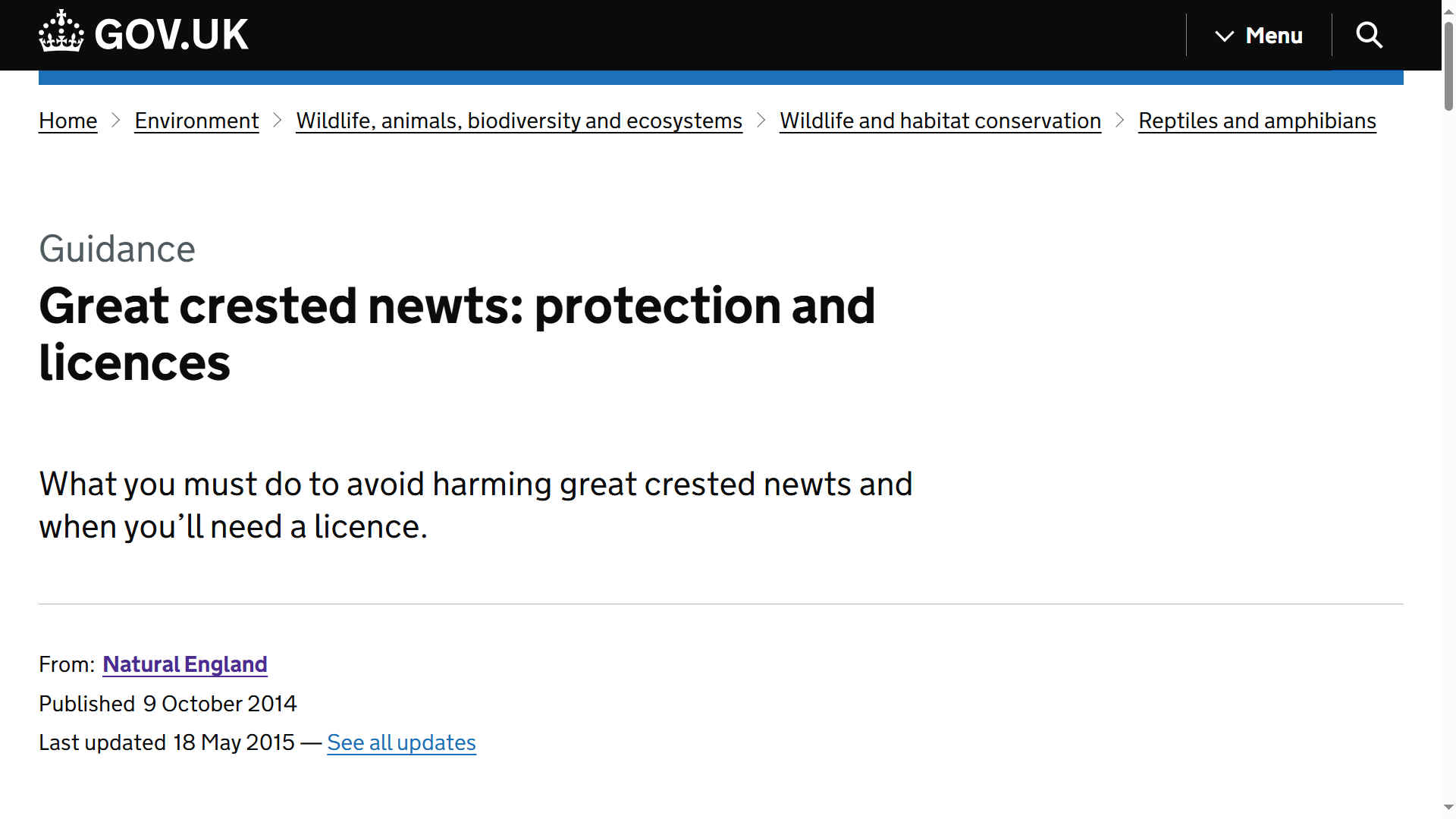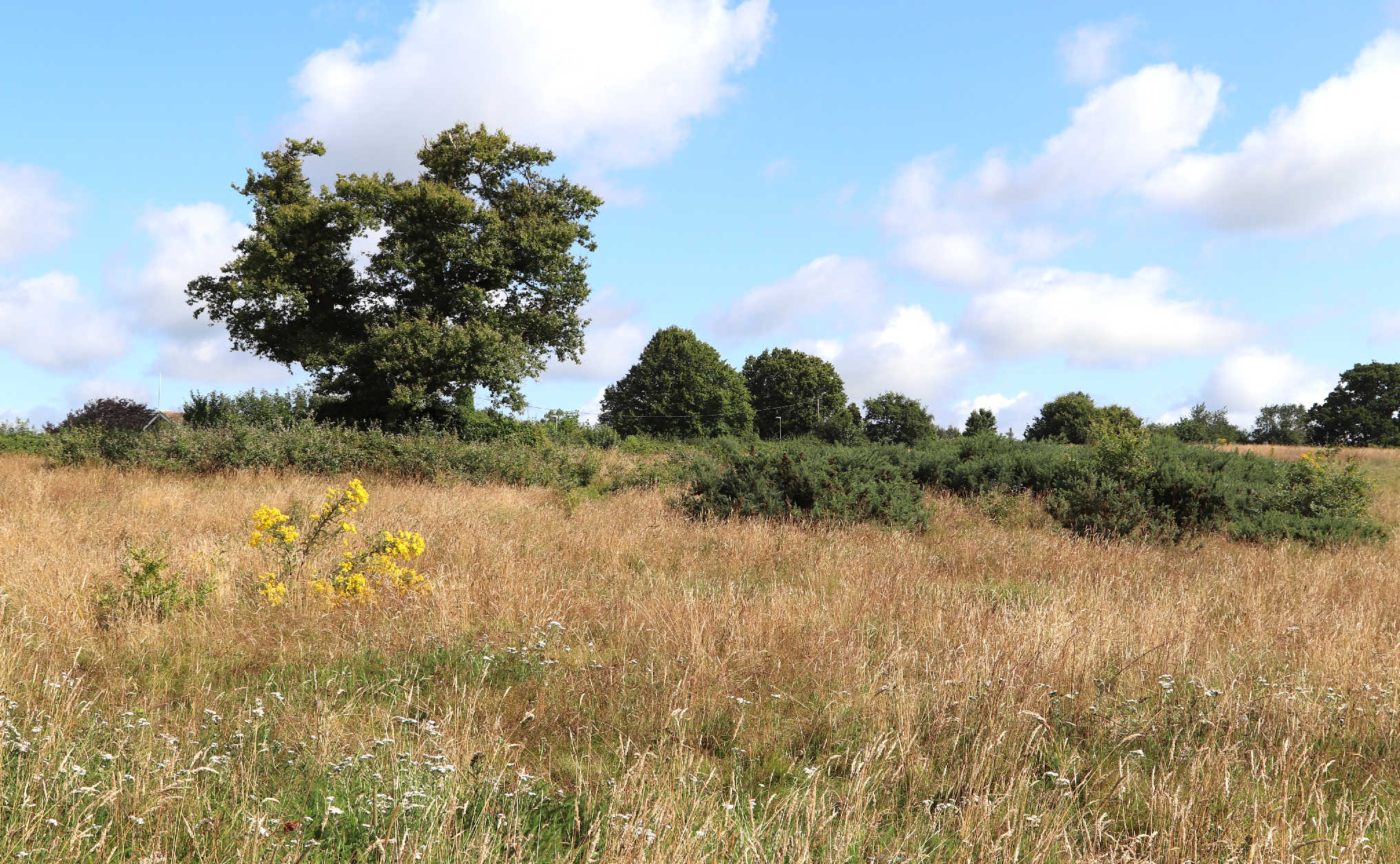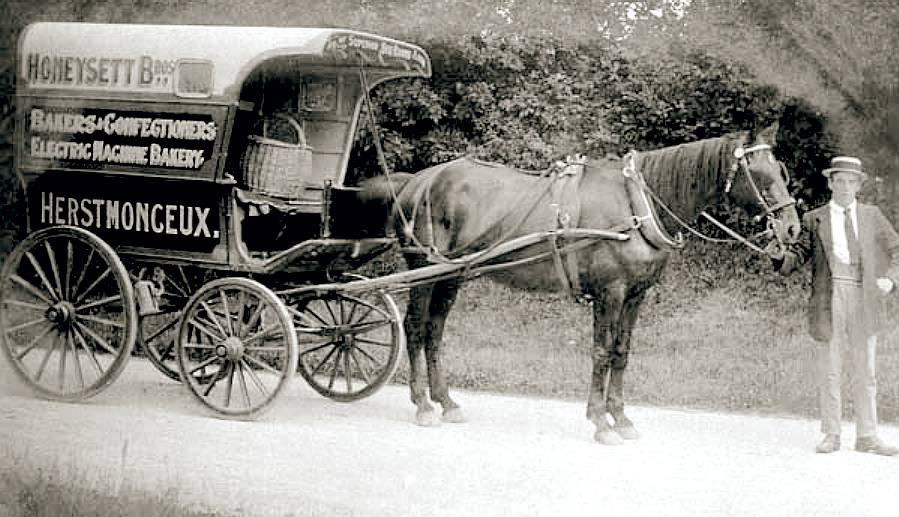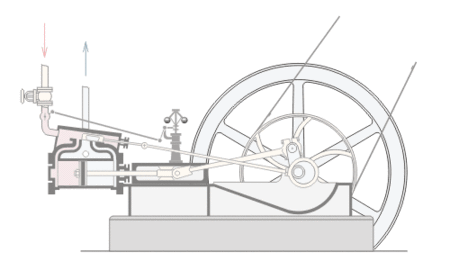|
CONSERVATION AREAS |
SUSSEX |
|
|
EXHIBITS FRIENDS HERITAGE HOME LIME PARK OPEN DAYS PARKING TECHNOLOGY |
||
In Wealden 47% of CO2 comes from transport, with another 35% from housing. Yet, despite declaring a Climate Emergency, sustainable timber flatpacks are non existent in the District, as are charging points for EVs on newbuilds or along the high streets and in car parks. Two obvious ways of lowering carbon footprints. The above roofing provides protection for walkers from falling branches, of which Lime Park is prone. See the picture below as to how roof treatments can make
In addition to the archaeology contained in the structure of the extant generating station, the history attaching, technology and the setting within which that scientific heritage resides, is held to be worthy of preservation, by virtue of the unique juxtaposition of the village of Herstmonceux with the Windmill at Windmill Hill. And the transitional stage from wind powered grinding of wheat for flour to bake loaves, and the bakery in the village high street, that was one of the first in the UK to move from coal or gas fired ovens, to electric ovens.
In addition, from 1900 onwards, horses as the main means of transport, were replaced by motorised vehicles, mainly ICE powered, but also with a small number of battery EVs. The stables adjacent were converted to what is now The Old Rectory, encapsulating the change in technology on this one country estate.
Lime Park and Lime Cross are not at present designated as Conservation Areas. But should they be at some time in the future? With that in mind, the security unit is constructed of materials sympathetic to the original construction of the Generating Works: timber. Nestled in the adjacent trees, with suitable roof and wall treatments, this facility is near invisible.
VIRTUALLY INVISIBLE - This roof to the right of the Generating Station (slate roof complex) started out as a legal requirement under Health & Safety Regulations. Since there is a requirement to protect visitors to the museum and workers, from falling branches and trees. That unfortunately, the Scots Pine species is prone to. The sycamore inside, was another reason for building the pergola style support, since the tree was damaged, and nobody knew if it would recover, or not.
According to a study by the London School of Economics and Political Science dated 2012, since the 1960s, over 9,800 conservation areas have been designated in England. These areas are designated on the grounds of an external value of society that requires protection. For this purpose, the property rights of owners of buildings located in conservation are restricted.
Changes that can be made to the external appearance of buildings are limited and the choice of materials restricted, which potentially increases the cost of altering and maintaining buildings. While the policy potentially imposes a cost on individuals, it can be justified on the grounds of a positive external heritage effect for which no market exists. Preservation policies may prevent heritage buildings from being removed in a scenario where the social, but not the private benefits exceed the private costs of maintenance. Also, so it is often argued, the social optimum achieved through the government intervention may eventually benefit the owners of buildings in conservation areas due the overall increase in the quality and stability of the built and natural environment and the removal of uncertainty regarding future changes in the character of the location.
Moreover, a location within a conservation area comes with the additional, potential benefit of creating a unique sense of place-based identity, encouraging community cohesion and promoting regeneration. Measuring the net effect of the designation to the owners of buildings in conservation areas is important since a net-cost would indicate a distributional conflict among the broader society, including future generations who may enjoy the benefits associated with the preservation of these areas and the local residents would who are bearing the cost.
A BALANCING ACT
Herstmonceux Museum hosts an Innovation Hub, almost all of which exhibits concern solar and electric vehicles. This is our contribution towards Net Zero, in showing visitors how it is possible to think outside the box, with the aim of inspiring climate engineers and entrepreneurs of the future. Maybe even to inspire councillors and politicians yet to be elected, that climate innovation should be nurtured and encouraged, with demonstrable results in the form of three full size vehicles on display with cartridge exchange (instant) refueling for BEVs and HFCEVs. This, despite the innovator not receiving any kind of support from local authorities. Imagine then the possibilities if future innovators are supported. There is even a model of a hydrogen truck refuelling station, derived from the cartridge based system, named SmartNet™.
Now that is what we call rewilding. The oak tree in the middle of this field, and others dotted around the perimeter have been seeding rather well. The tall grass and other shrubs are providing homes for much wildlife. The hope is that, apart from footpaths and historic rights of way, that this becomes a focal point for family walks, ramblers, hikers and dog walkers in the village of Herstmonceux.
As of 2019, 2.2% of England making up 2,938 km2 (1,134 sq mi) is a conservation area, 59% of which are rural, and 41% are in urban areas.
Who has ever heard of a Bakery with electric machinery when horse drawn deliveries were the norm? Herstmonceux had electricity well before most large towns, because of Major Charles de Roemer, who also manufactured seaplanes for the British Admiralty (Royal Navy) in Eastbourne, from 1911 to 1924. Lime Park had the benefit of a stables, coach house and forge for a farrier. A farrier is a specialised blacksmith who makes shoes for horses, out of wrought iron or steel.
KING CHARLES - PRO CONSERVATION & RENEWABLES
Key reasons for Conservation Area designation include: Architectural Interest: The manor house and converted stables offer examples of architectural styles that reflect the history and evolution of the
estate and the transition from horses and carriages, to mechanically
propelled vehicles. Environmental Value: The adjacent field, despite approved planning consent for housing development, is undergoing a successful rewilding process. This contributes to the area's biodiversity and ecological value.
Tourism Potential: The designation of Lime Park as a Conservation Area and/or UNESCO World Heritage Site would significantly enhance its tourism appeal. Visitors could explore the historic estate, learn about its technological innovations, and experience the unique character of the area. This would boost the local economy and create jobs.
By designating Lime Park as a Conservation Area, we can safeguard its unique character, promote sustainable development, and ensure that this valuable heritage asset remains a cherished part of our community.
Our water is drawn fresh from the only working (fully functional) well in Herstmonceux village. We are planting and growing trees from acorns on site.
We hope that these guiding principles as to restorative rewilding, coupled with our technological exhibits might inspire generations of young scientists, and conservationists to think outside the box.
|
||
|
|
||
|
EXHIBITS FRIENDS HERITAGE HOME LIME PARK OPEN DAYS PARKING TECHNOLOGY UNESCO
Copyright © 2025 Lime Park Heritage Trust. A not for profit organisation with charitable objects.
|
||
